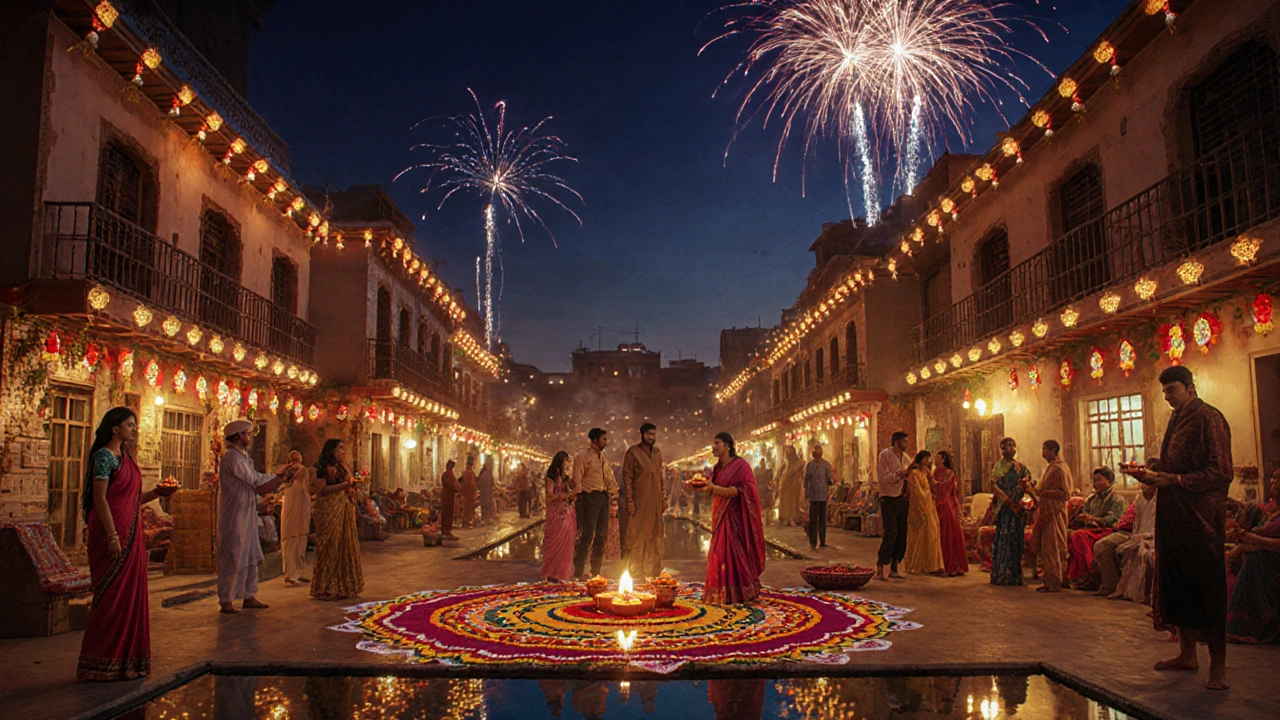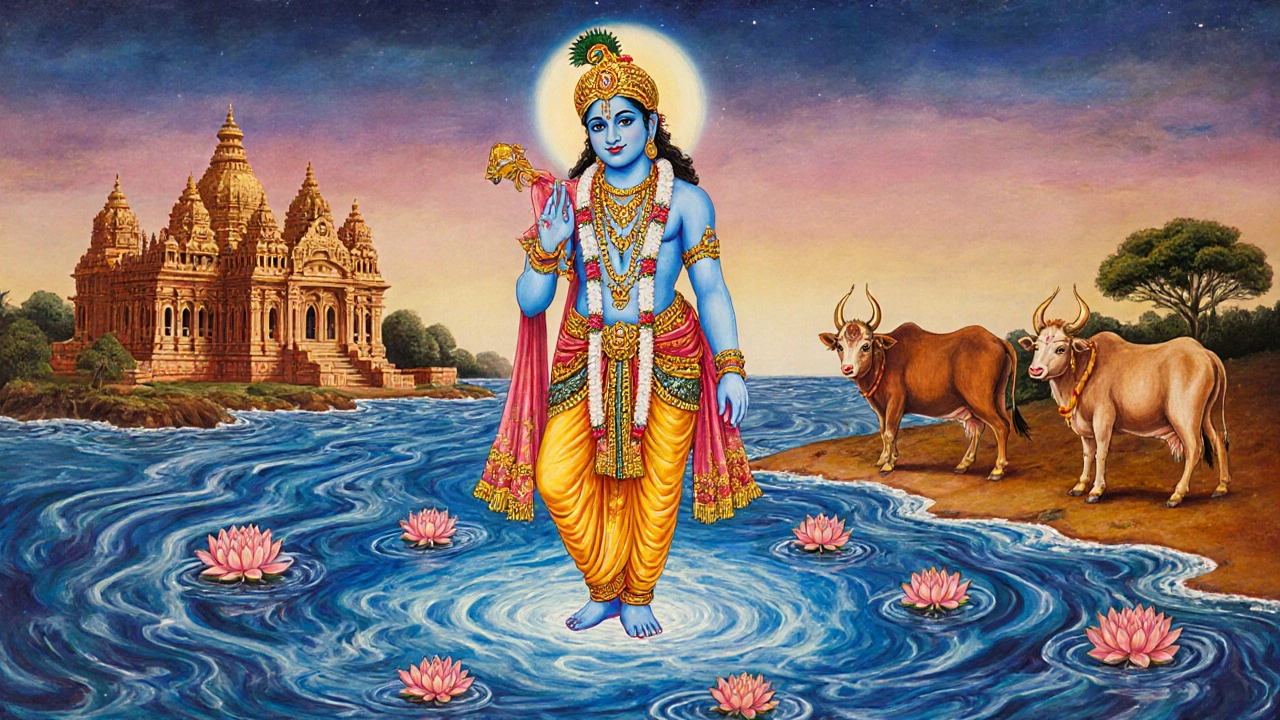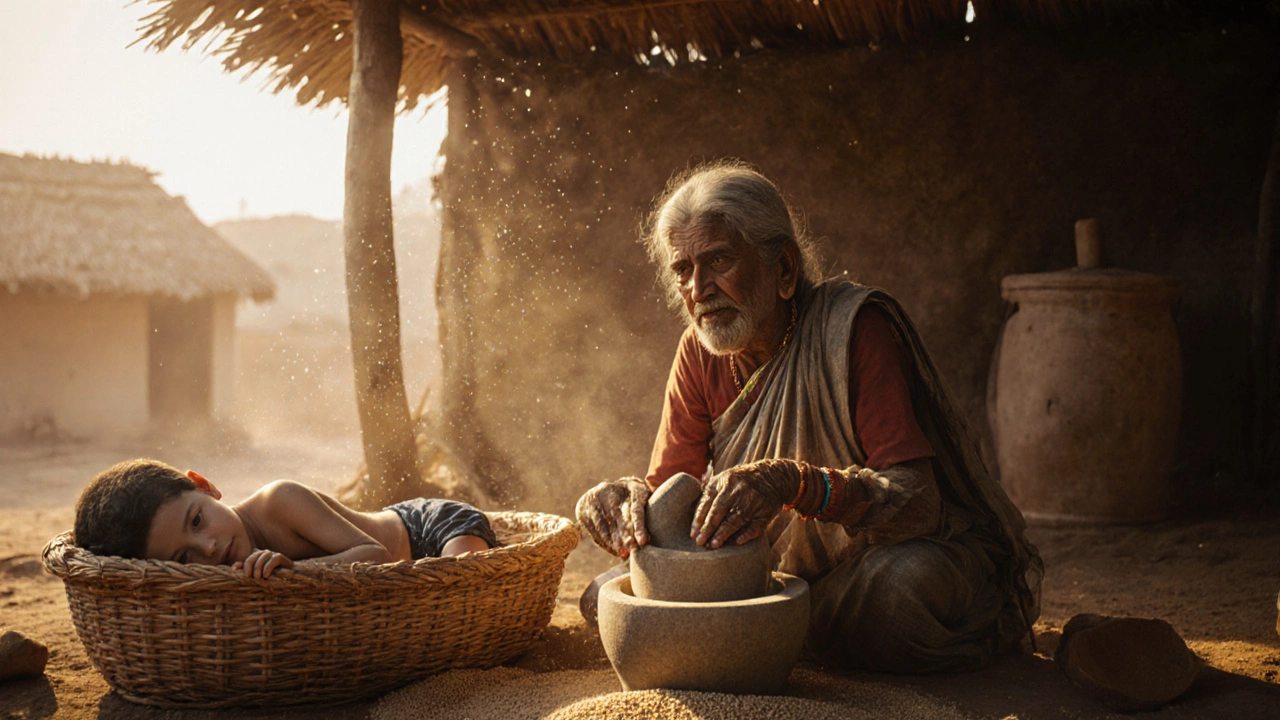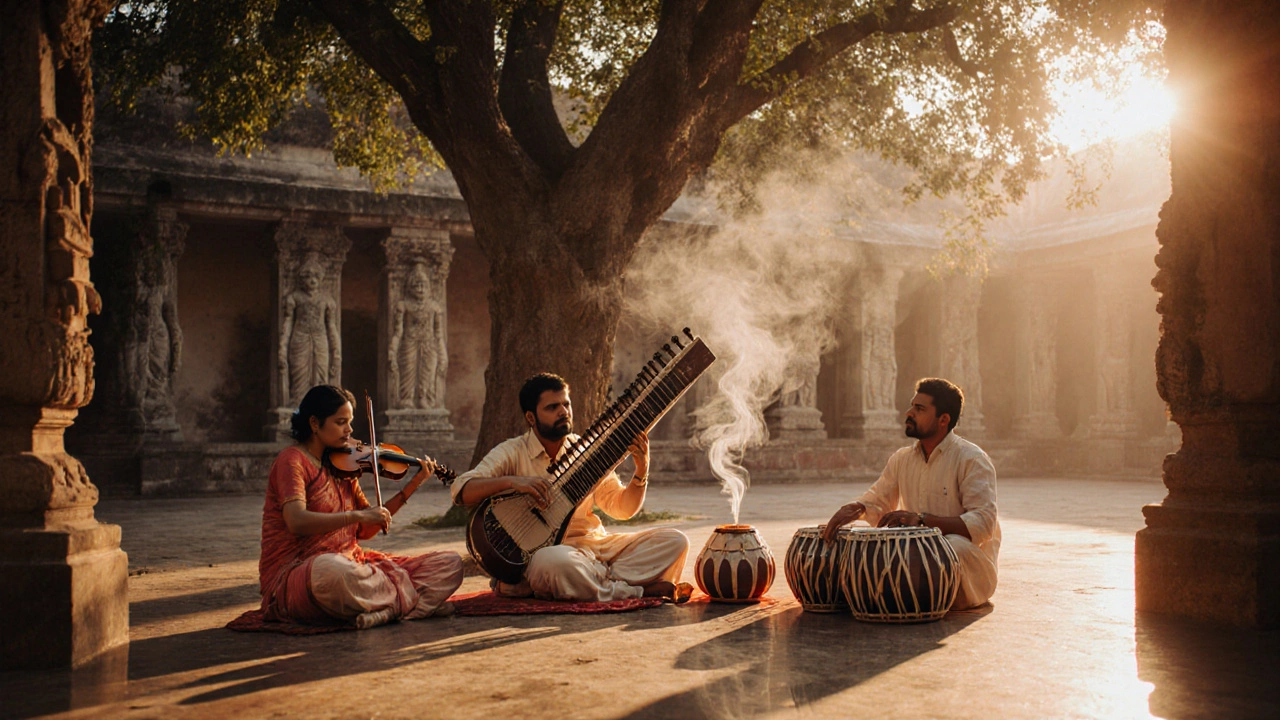Author: Kiran Santos - Page 2
Aphrodite is not part of Hinduism. This article explains why people confuse her with Hindu goddesses like Lakshmi and Radha, and clarifies the true nature of love and beauty in Indian mythology.
The Catholic Church doesn't ban yoga, but warns against its spiritual roots in Hindu philosophy. Learn why prayer and meditation in Christianity differ from yogic practices - and what alternatives exist for Catholics seeking calm and movement.
Discover the three major Hindu holidays-Diwali, Holi, and Navaratri-each with deep spiritual meaning, regional variations, and global reach. Learn how they’re celebrated and why they matter.
Ayurveda offers natural wellness, but hidden risks like heavy metals, herb-drug interactions, and unregulated products can be dangerous. Know the facts before you try it.
The blue skin of Indian gods like Krishna and Shiva isn't just artistic style-it's a profound symbol of infinity, divinity, and cosmic power rooted in ancient Indian art and spiritual texts.
Nonsense singing in Indian folk music is called bol banao-a rhythmic, wordless vocal tradition used in daily life and rituals across rural India. It's not random noise; it's emotional, cultural, and deeply rooted in rhythm.
Alabama doesn't have one official dance, but it has deep-rooted folk traditions like ring shouts, flatfooting, and community line dances passed down for generations. Learn where to see them and why they matter.
Hindustani and Carnatic classical music share ancient roots but evolved differently. One thrives in northern courts with Persian influence; the other in southern temples with devotional focus. Their structures, instruments, and styles are distinct yet equally profound.
Learn how the 80/20 rule simplifies Ayurvedic practice, focusing on high-impact habits for dosha balance, diet, routine, and mindfulness.
Discover the languages spoken in Kolkata, from Bengali and English to Hindi and Urdu, with tips for visitors and a handy language checklist.
Explore India's latest divorce rate, see how it varies by state, understand the legal backdrop and the social factors driving change.
Discover which song has earned the most money ever, why "White Christmas" tops the list, and how Indian folk music fits into global music revenues.











